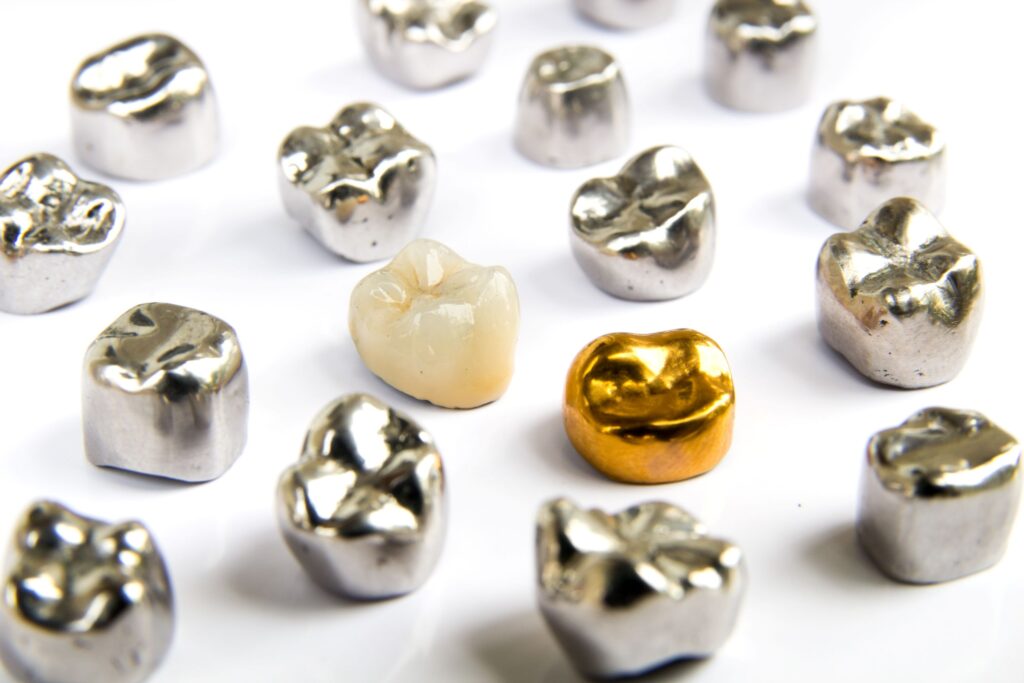
Do you have a severely damaged or decayed tooth causing problems, or are you planning on undergoing a root canal procedure? If so, your dentist will most likely provide a dental crown to shield your injured chomper once the injury or infection is addressed.
These tooth-shaped caps can protect your tooth from additional harm while restoring its appearance and functionality. They can also be made from various materials, depending on your needs. Continue reading to learn more about the options so you can make an informed decision to protect your smile.
What Materials Can Be Used for Dental Crowns?
Historically, these prosthetics were made from mixtures of metal known for their resilience. Although quite durable, they weren’t biocompatible and could eventually cause additional erosion or tooth sensitivity. Thanks to modern developments in dental techniques and technology, today, your dentist can provide crowns made from various materials based on your unique needs. Two popular options include:
Gold
Gold has been used for dental restorations for many years due to its incredible strength and because it’s the least reactive metal in your mouth. It’s strong enough to withstand the pressure of biting and chewing when mixed with other metal alloys, but it is gentle on neighboring teeth. As a result, it’s often a popular option for capping damaged molars that need protection. It has been known to last 20+ years if cared for correctly.
However, some patients want a more natural-looking solution or have allergies to gold or other metals included in the alloy, which can cause sensitivity or worse. To make matters worse, metal conducts temperature in the roots of your teeth when you eat foods that are too hot or cold, which can also cause discomfort.
Porcelain
Today, porcelain is a popular solution for many different dental repairs, including dental crowns. It reflects light like enamel and can be customized to be just the right shade, shape, and size for seamless results. Plus, very few people are allergic to it, and it doesn’t conduct heat like metallic repairs.
Although porcelain might not last as long as gold restorations, the difference in longevity is often negligible. These crowns can last 15 or more years when they’re well-maintained. You can preserve them by avoiding overly hard, crunchy, or sticky foods that could chip or dislodge them.
Which Option is Best for Me?
Consulting your dentist is the best way to decide on an appropriate material for your dental crown because it depends on your unique situation. For instance, if you have a damaged molar, you might want to opt for gold for its resilience. Those who are more concerned about their appearance might prefer porcelain because it can be customized to look more realistic.
Whatever your chosen method, your dentist can provide a long-lasting restoration to safeguard your smile for years to come!
About the Practice
Patients at Little Rock Family Dental Care benefit from a team of experts with more than 30 years of experience helping people of all ages build and maintain their healthiest, most beautiful grins. With general dentists and specialists on staff, they can provide everything from basic preventive services to more complex procedures, including dental crowns. They combine a caring approach and state-of-the-art technology to provide accurate restorations meant to last, whether you opt for gold or porcelain. If you have a damaged tooth requiring attention, you can request an appointment on the website or call one of their conveniently located offices.
